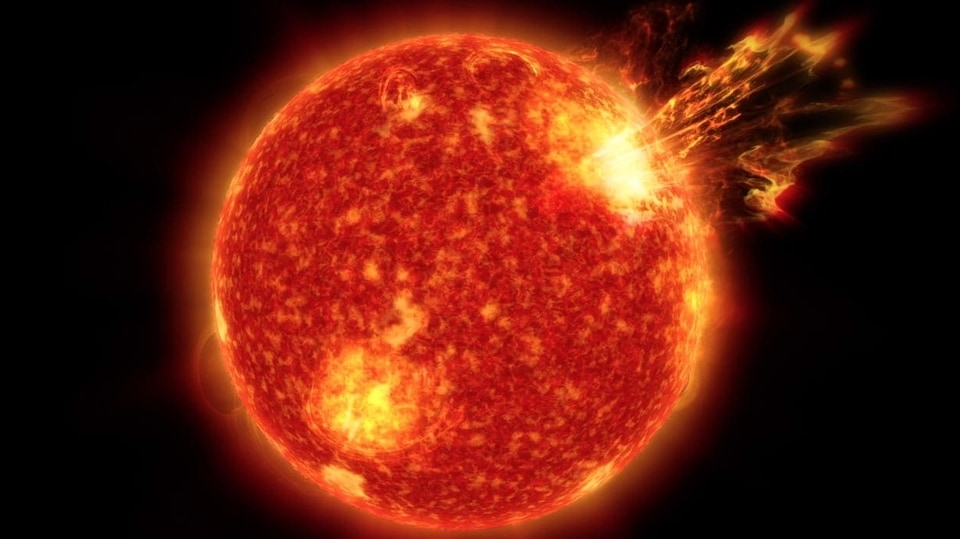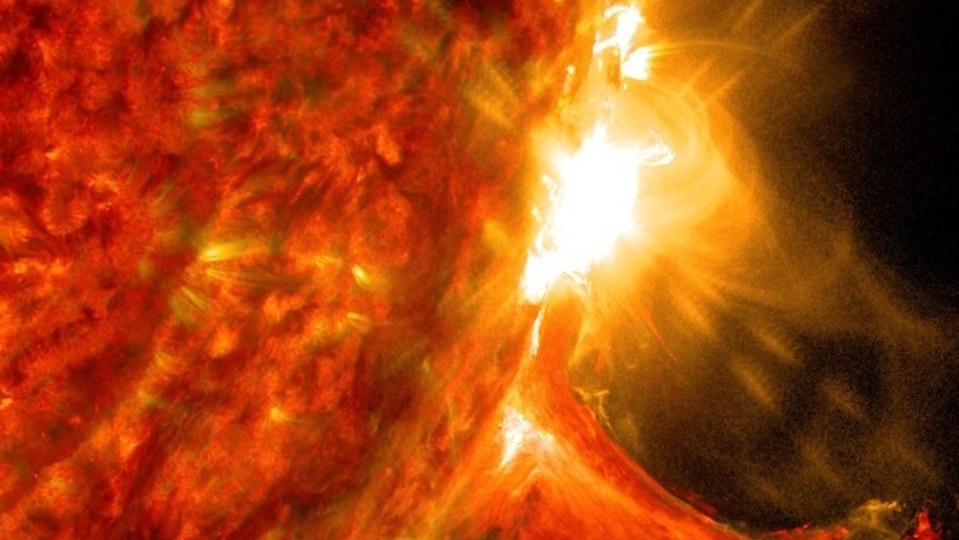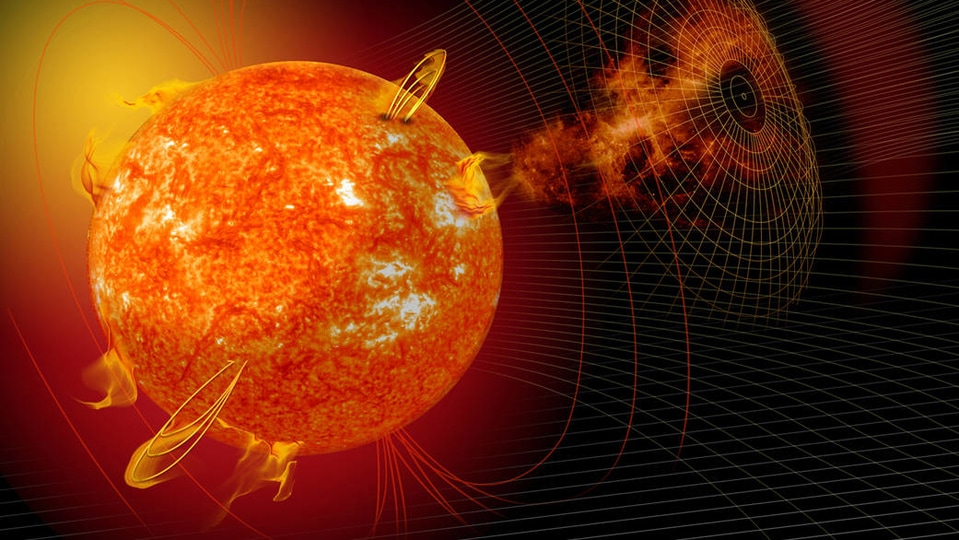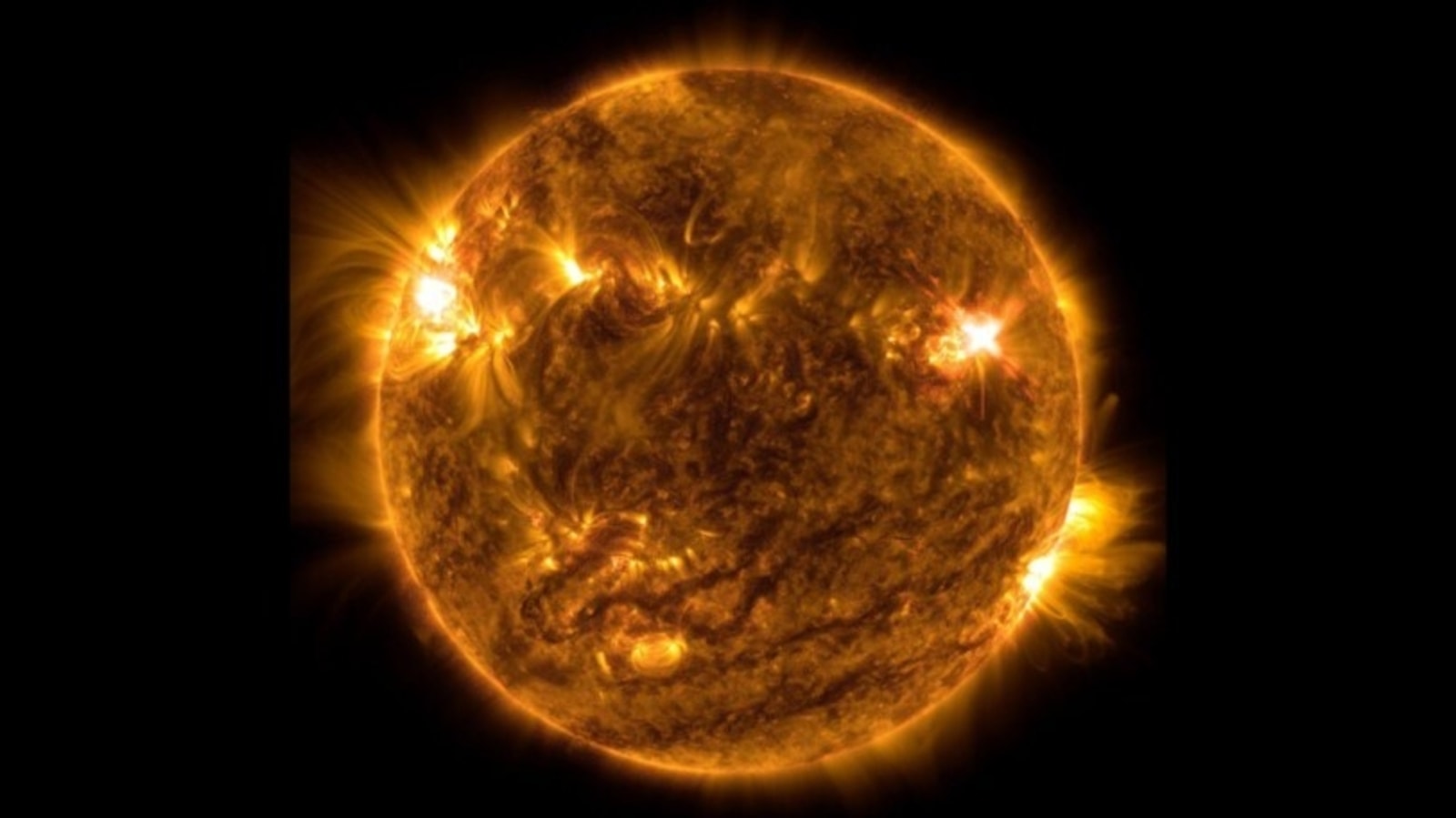NASA Solar Dynamics Observatory captures a fierce solar flare eruption shot towards Earth
The NASA Solar Dynamics Observatory has spotted a powerful x-class solar flare eruption directed at Earth. Know how dangerous it can be.




_1639373804152_1639373815879.jpg)

 View all Images
View all ImagesEver since the turn of the year, the Sun has been in an extremely violent and fierce mood. This has been happening because the Sun is nearing the peak of its current solar cycle, solar maximum. And so far, the National Oceanic and Atmospheric Administration (NOAA) has been observing every single solar flare eruption and coronal mass ejection (CME) bursts to warn us about the solar storms which were about to hit the Earth. But now, as these eruptions get more intense, NASA has also begun monitoring them. On October 2, the Solar Dynamics Observatory, NASA's Sun gazing spacecraft, captured the image of a violent solar storm eruption. It also warned people of the dangers emerging from such flares directed at the Earth.
In its blog post, NASA wrote, “The Sun released an X1 solar flare, a powerful burst of energy, captured by our Solar Dynamics Observatory (SDO) on Oct. 2, 2022. X-class are the most intense flares, while the number provides more information about its strength. For instance, an X1 flare is half as strong as an X2”. It should be noted that so far, the most intense solar flare eruption that we have seen was an X1.2 solar flare which caused a widespread radio blackout in regions of Africa and Middle East.
NASA warns about the perils of solar flares
These solar flares are dangerous for the Earth. Highlighting the same, NASA added, “While solar flares can affect radio communications, power grids, and navigation signals, harmful radiation from a solar flare cannot pass through Earth's atmosphere to physically affect humans on the ground. By studying flares and how they affect our planet and nearby space, the SDO helps us to better prepare for and mitigate these potential disruptions”.
The SDO carries a full suite of instruments to observe the Sun and has been doing so since 2010. It uses three very crucial instruments to collect data from various solar activities. They include Helioseismic and Magnetic Imager (HMI) which takes high-resolution measurements of the longitudinal and vector magnetic field over the entire visible solar disk, Extreme Ultraviolet Variability Experiment (EVE) which measures the Sun's extreme ultraviolet irradiance and Atmospheric Imaging Assembly (AIA) which provides continuous full-disk observations of the solar chromosphere and corona in seven extreme ultraviolet (EUV) channels.
Catch all the Latest Tech News, Mobile News, Laptop News, Gaming news, Wearables News , How To News, also keep up with us on Whatsapp channel,Twitter, Facebook, Google News, and Instagram. For our latest videos, subscribe to our YouTube channel.




























